deepeye.hu
Astronomical Drawings of Peter Kiss
Astronomical Drawings of Peter Kiss






This galaxy is an icon that perfectly represents the difference between the southern and nortern sky. Centaurus A is exciting from a scientific point of view as well: an elliptical galaxy is tearing apart a spiral. And the nearest super massive black hole lies in the center of it. The view of this galaxy in the telescope is very exciting as well - it completely resembles the high quality photos. Two thirds of the field of view are filled with the faint peripheries. But the real attraction is the dust lane and the inhomogenities around the center. The bright and dark spots. Unfortunately I didn't see this galaxy with the 24" Dobsonian. Iván told me that the dust lane was unbelievably detailed. It would have been hard to draw.

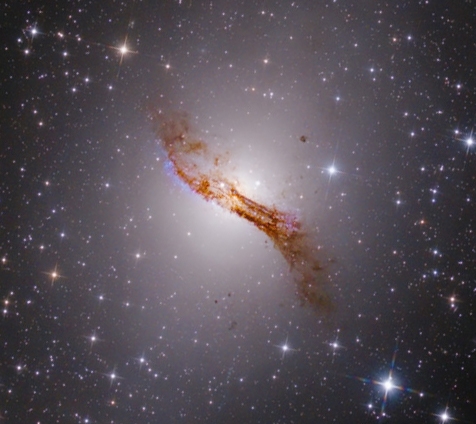
It might be worth comparing the drawing, that is the visual impression and the photograph. The photo on the left, courtesy of Iván Éder was made using a 20 cm astrograph at the exact same spot the drawing was made (within a 10 m circle) with 1 day difference at most. The original photograph has been rotated and cropped to show a similar area as the positive drawing.
It is obvious that only the inner brighter part of the galaxy could be seen visually, though it was huge as well. The drawing is a little distorted: the aspect ratio does not perfectly match that of the photograph. Besides these things the stars can clearly be identified, and many details of the galaxy were visible (e.g. the curved ends of the dust lane).
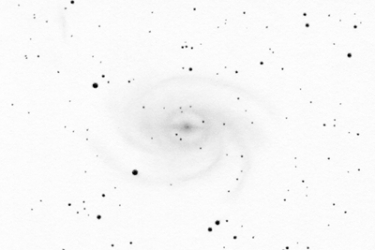
Pavo galaxy
The grand spiral galaxy of Pavo
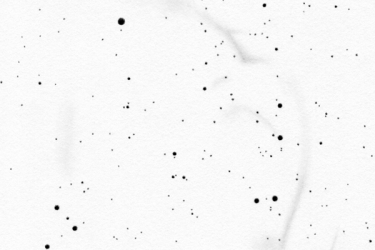
Panorama drawing
Huge and faint supernova remnant in the southern sky
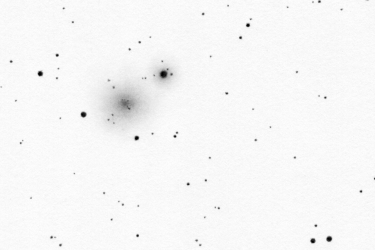
Centaurus globular cluster
The second globular in Centaurus

Apus globular cluster
Globular cluster close to the Southern celestial pole
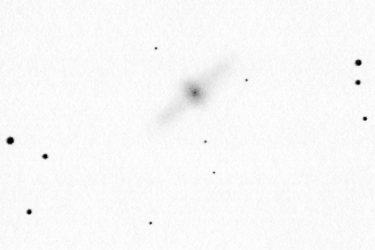
Centaurus galaxy
Polar ring galaxy
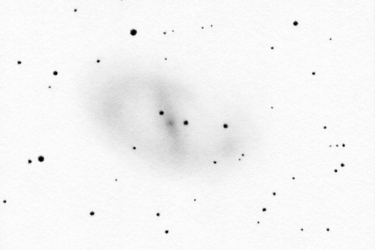
Ara galaxy
Barred spiral galaxy in the thick of the Milky Way